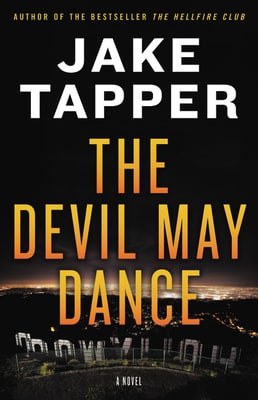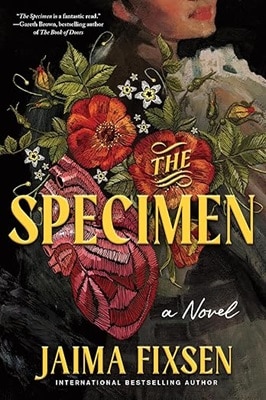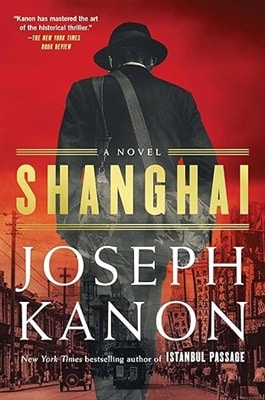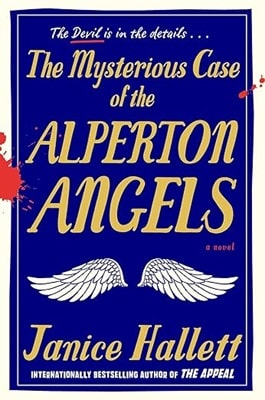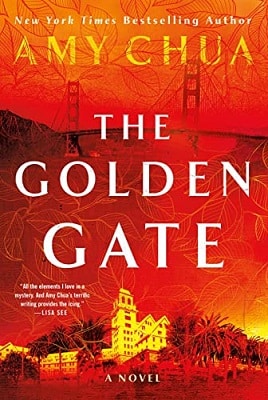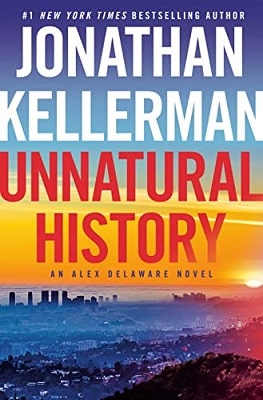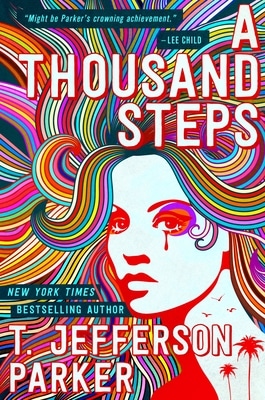Book Review
Jake Tapper
reviewed by Gail Byrd
Take every conspiracy theory, rumor, and a few facts you’ve ever read about the rat pack, salacious Hollywood, politicians generally, and the Kennedys specifically, bring them all together with a combination of gossip columnists, a congressman, and his wife whose motives are a mixture of angels and devils, and you have the makings of Jake Tapper’s The Devil May Dance.
Hedonistic Hollywood and the Rat Pack are on full display in this novel, but what’s true and what’s fiction? There are no answers to that question here, and yet the reader is left with the impression that more truth is presented couched as fiction than might be comfortable to know.
Charlie and Margaret Marder are the undisputed “good guys” of the piece, for all that they also have their flaws, particularly Charlie. They are thrust into a situation through coercion on the part of the Kennedys and forced to try and gather mob related activity on the part of Frank Sinatra while Charlie ostensibly serves as consultant on a film.
It opens with the rat pack, accompanied by Charlie and Margaret, climbing the fence into the famed Forest Lawn cemetery, drinking and taking pot shots at some of the statues. It’s just one of a number of activities the reader is made privy to regarding what the rat pack did in private. That seques to how Charlie and Margaret came to be in Los Angeles in the first place, through a bit of emotional blackmail on the part of the Kennedys, then on to all manner of debauchery by numerous famous people both in Hollywood nightclubs and Sinatra’s Rancho Mirage estate. Throughout the stories of parties, drinking, and hard living; it is impossible to tell if any of the stories are true or fiction or a combination.
Beyond the tales of illegal and scandalous behavior on the part of virtually everyone Charlie and Margaret meet in Hollywood there is also the story of Margaret’s underage niece who has run away from home and Margaret has seen in the company of a much older man who has sleaze written all over him. As Margaret and Charlie begin to investigate the various things they see, hoping to find the information Kennedy wants so they can complete their task and return to Washington, they encounter gossip reporters who seem to be more angelic than their reputation might indicate, representatives from the Church of Scientology, including L. Ron Hubbard, and an L A Detective who seems to be focused on putting Charlie and/or Margaret in jail.
There are several murders that are part of the story. First there’s murder of Chris Powell, an actor who was rumored to have an argument with Sinatra over a woman. Powell’s death has the marks of being a mob hit, however, leading the police to look for a mob connection. About a third of the way through the book is another murder, with this corpse being put in the trunk of Charlie and Margaret’s car in a clumsy attempt to frame them. As the book moves toward its conclusion there are other murders, some because people tried to help Charlie and Margaret, others because the individual either knows too much or got on the wrong side of the wrong people.
The pace of the book is slightly uneven, moving at breakneck speed in places and seeming to drag in others. The premise and action are interesting enough to keep the reader moving through the slower parts and then not wanting to put down the book once they’ve reached a section that is faster paced. The various parts of the story converge in a climax that has some physical feats that are remarkable on both Charlie’s and Margaret’s parts. The combination of increased action merging with the strands of the different stories results in the pace picking up to almost breakneck speed. At the height of the action, The Devil May Dance is difficult to put down.
As the action concludes and the stories wind down, Charlie and Margaret return to Washington, DC and obtain some additional clarifications from various interested parties, including the Kennedys and Charlie’s father. In essence, the opening chapter almost serves as a prologue and the closing chapter as an epilogue without being labeled as such.
My thanks to Little, Brown, and Company publishers for providing me with an advance copy of this novel for review. The opinions expressed here are completely my own.
More Historical Thrillers
Advertisement

